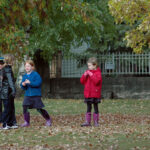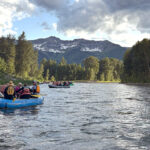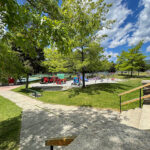Home »
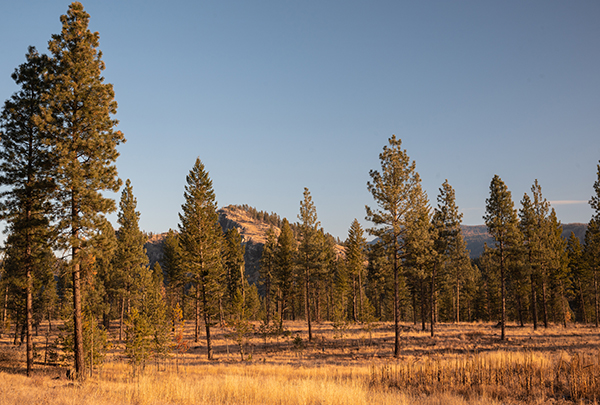
260 ha of land near Canal Flats acquired for conservation
The Nature Conservancy of Canada’s (NCC) Kootenay River Ranch Conservation Area just got bigger, thanks to the support of numerous funding partners.
This project enhances existing conservation efforts in the Rocky Mountain Trench, south of Canal Flats.
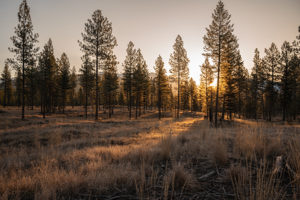 Encompassing 260 hectares (637 acres) of prime grassland and open forest habitat, these lands feature native bunchgrass savannah with areas of ponderosa pine, larch and Douglas- fir forest, and even a small wetland. Badgers, bears, elk, deer and many species of birds are just some of the wildlife that rely on these wild lands for their survival. The valley-bottom habitat supports several species at risk, including Species At Risk Act (SARA)-listed grizzly bear (special concern), American badger (endangered) and Lewis’s woodpecker (threatened).
Encompassing 260 hectares (637 acres) of prime grassland and open forest habitat, these lands feature native bunchgrass savannah with areas of ponderosa pine, larch and Douglas- fir forest, and even a small wetland. Badgers, bears, elk, deer and many species of birds are just some of the wildlife that rely on these wild lands for their survival. The valley-bottom habitat supports several species at risk, including Species At Risk Act (SARA)-listed grizzly bear (special concern), American badger (endangered) and Lewis’s woodpecker (threatened).
The acquisition connects NCC’s Kootenay River Ranch and Griffiths Nature Reserve to create a contiguous area under conservation totalling 1,711 hectares (4,228 acres).
The grasslands and open forests on the conservation area support class-1 ungulate winter range for elk, mule deer and white-tailed deer. The lands fall fully within an identified grizzly bear linkage zone connecting the Rocky Mountains to the Purcells, as well as within an important corridor for wildlife travelling between Lussier River and the Kootenay River.
The valley-bottom grassland and open forest habitats of the Rocky Mountain Trench are fire-maintained landscapes, retaining their open structure through periodic burning, either by naturally caused wildfire or intentionally managed burns.
The Nature Conservancy of Canada worked with two separate landowners to acquire these lands. Both landowners were supportive of their holdings being acquired for conservation and made substantial donations towards the project.
Over the past several years both properties underwent selective harvesting guided by a professional forester’s prescription, which has helped to restore the area to one dominated by native grassland and dry open forests with patches of closed forest scattered throughout. These efforts were made in part to recreate the treed grasslands that were historically characteristic of fire-maintained ecosystems in the Rocky Mountain Trench.
Ongoing habitat enhancement and restoration efforts on the Nature Conservancy of Canada’s Kootenay River Ranch will expand into these new parcels. A top priority will be maintaining the open forest structure on which many native species rely. Reducing forest ingrowth also helps to reduce the risk of catastrophic wildfire. Invasive plants, especially knapweed, will be mapped and managed over the next several years.
“The Nature Conservancy of Canada is grateful for the ongoing support from our partners and the community as we work to conserve and enhance natural habitats in Rocky Mountain Trench,” says Richard Klafki, Canadian Rockies Program Director with the Nature Conservancy of Canada. “The rolling hills, beautiful bunchgrass and open forest of the Kootenay River Ranch Conservation Area is prime wildlife habitat, especially in the winter for elk and deer. We look forward to doing restoration projects on these new lands to improve the habitat for all the native plants and animals found here.”

“Conservation land securement is a very effective tool when it comes to helping local fish and wildlife populations,” stated Fish and Wildlife Compensation Program, Columbia Region Public Representative Wendy Booth. “Over the last 10 years we’ve contributed about $7 million to secure more than 69,000 hectares for conservation across our three regions, and we’re pleased to support the Nature Conservancy of Canada on this recent important purchase.”
“Tomorrow marks World Environment Day, and the theme this year is ‘Time for Nature,’” said Jonathan Wilkinson, Canada’s Minister of Environment and Climate Change. “Our government is proud to support the Nature Conservancy of Canada to help expand the Kootenay River Ranch Conservation Area, which will preserve biodiversity and protect species at risk, here in British Columbia. This project is one of the many important projects that will help us reach our goal of conserving a quarter of Canada’s land and a quarter of its oceans by 2025. Congratulations to everyone who worked hard on this project and happy World Environment Day!”
“We’re pleased to support this land acquisition that will expand the Kootenay River Ranch Conservation Area to see important ecological benefits,” said Johnny Strilaeff, Columbia Basin Trust President and CEO. “Congratulations to all of the partners for their efforts to make this project happen.”
The Kootenay River Ranch Conservation Area occurs in the Interior Douglas-fir bio-geoclimatic zone, one of the four most imperilled vegetation zones in British Columbia, a NCC media release pointed out.
This project was made possible by the Government of Canada through the Natural Heritage Conservation Program, part of Canada’s Nature Fund. Additional funding was provided by the Fish & Wildlife Compensation Program, Columbia Basin Trust and the Collings Stevens Family Foundation.
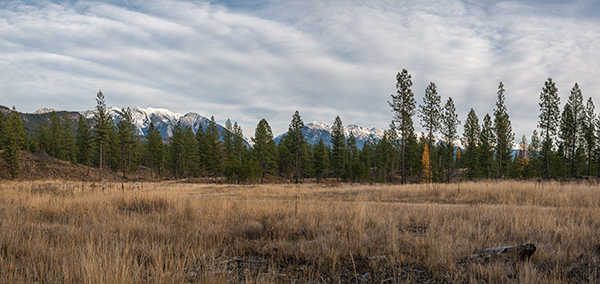 Lead and above images: A look at the Kootenay River Ranch property. Images courtesy Nature Conservancy of Canada
Lead and above images: A look at the Kootenay River Ranch property. Images courtesy Nature Conservancy of Canada
Nature Conservancy of Canada
